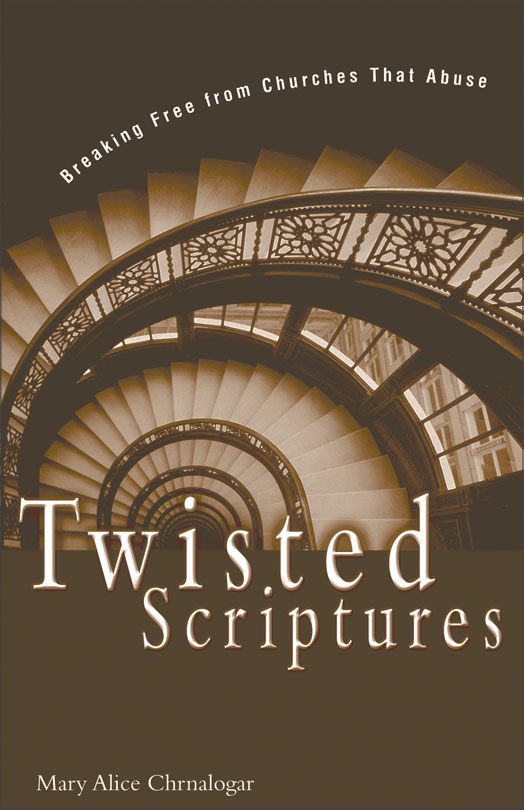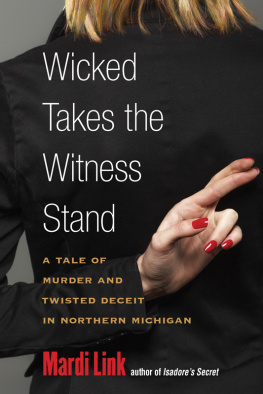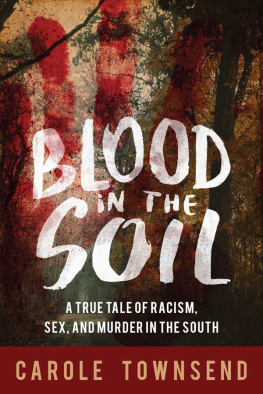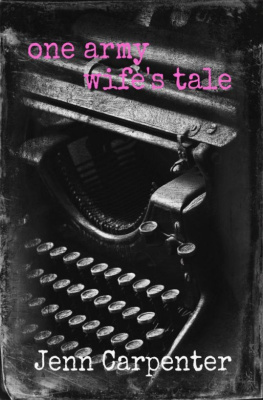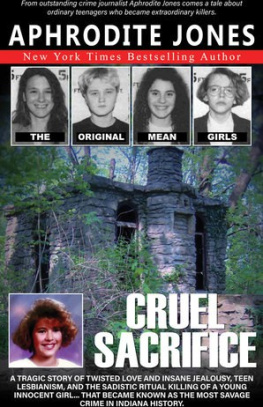Table of Contents
To Margo,
for her spirit,
courage, and strength
Preface
The story of Margo and Gene Bennett has fascinated me ever since I read about it in Vanity Fair and the Washington Post in the late 1990s. I was working on my first crime novel at the time and was an avid reader of Patricia Cornwells forensic thrillers. Also, as a newspaper reporter who covered sometimes dry government and politics, I enjoyed reading in-depth true crime stories.
This one had so many sexy components: two married FBI agents involved in a love triangle with a best-selling crime novelist who wrote about FBI agents and the serial killers they profiled. And then to find out that Cornwells affair was with the female agentnow that was intriguing.
As a budding novelist myself, I appreciated the ironic parallels between Cornwells fictional and personal lives: her female protagonist, Dr. Kay Scarpetta, was having an affair with a married FBI agent, and Scarpettas niece was a lesbian. I still wonder whether Cornwells real-life affair preceded the fictional one.
Fast-forward to 2005. Poisoned Love, my first book, about the Kristin Rossum murder case, had just been published. Soon afterward, my agent called and asked if Id be interested in writing a book about the Bennett case; Margo had never told her story to a reporter before. Of course I jumped at the chance.
Like Cornwell, I was seeing my own worlds intersecting. While I was covering the Rossum case for The San Diego Union-Tribune, Rossum, a forensic toxicologist, testified that she, too, was a fan of Cornwells, a fact I included in my first book.
The universe truly does work in strange and wonderful ways. As Margo would say, there was a reason I held on to that yellowed Washington Post article all those years. This was meant to be.
Now Id like to explain my research methodology and how I put this book together.
At the start of this project, Margo shipped me four boxes of documents, including her FBI personnel paperwork, her divorce records, and personal papers about her familys health, finances, and property transactions. She also sent me piles of official documents from Genes two court cases, the letters hed written to his daughters over the years, and her sizable collection of news stories.
Over the next two years, Margo continued to send me extremely sensitive information, such as her and her daughters psychological evaluations and the diary shed kept during her first pregnancy. She also made sure I had access to her Cornwell novels, which included personal inscriptions, and to many of the people I interviewed who might not have talked to me otherwise. To my knowledge, Margo held nothing back because she wanted the story to be told properly.
Before I came along, former FBI agent and Quantico instructor John Hess spent a few years putting together his version of this story, interviewing his close friend Margo for many hours along the way. When he couldnt get his manuscript published, his agent approached my agent, and I took it from there.
What this meant for Margo was that she had to go over the entire story again with a stranger and in even more excruciating detail. Initially, she told me that talking about it gave her nightmares. I often heard the strain in her voice during our marathon series of phone and face-to-face interviews. Sometimes I felt awkward having to ask so many personal questions, but I pressed on. Eventually I stopped being a stranger, and Margo opened up to me more and more. It was personally fulfilling when I heard her tell a friend of mine that she felt as if I were inside her head and often could articulate what she was thinking and feeling.
Much of the dialogue in this book was reconstructed or approximated based on Margos surprisingly good memory, as are many of the events that I describe. Testimony in the courtroom scenes was edited down for story-telling purposes, however, no scene or piece of dialogue was invented or embellished in any way. I was amazed at how many times the people I interviewed said that Margo had a better memory of a particular conversation or event than they did, and that they trusted her recollections. That said, no ones memory is perfect, so I cross-checked Margos recollections whenever possible with those of other people involved in those conversations or events and also with official sources, including published news reports, court transcripts, depositions, FBI-generated interview reports, memos, and letters.
Sometimes cross-checking was not possible, as in the case of the conversations or events involving Cornwell, who refused independent requests by me, Margo, and John to be interviewed for this book. Nonetheless, Margo and I agreed that we should portray her interactions with Cornwell as sensitively and respectfully as possible.
Gene, too, refused to do an interview with John and later declined my repeated offers as well. Nor would he allow his attorney, Reid Weingarten, to speak on his behalf. I tracked down Genes sister, Linda, who didnt want to cooperate either. Gene had written many of his family members (including his daughters), some of his former colleagues, and his psychiatrist, asking them not to talk to me. Thankfully, some of the key players ignored his request.
As I interviewed them, I uncovered things that even Margo was hearing for the first time, and vice versa, apparently sparking some interesting and healing conversations among her family members and close friends.
Although this story is largely told from Margos point of view, I felt it was important to show Genes unique perspective on all of this, drawing from memos and letters hed drafted, official reports detailing interviews with him, and his written and verbal statements during the divorce.
With twenty years of experience as an investigative reporter who has covered local, state, and federal government and politics, I also made sure to ask Margo tough questions so that I could tell this story as fairly and accurately as possible. To that end, I went over each chapter with her to catch any factual errors.
Despite Margos understandably negative feelings about Gene, she answered my questions as truthfully as I think she could manage, so that he would be a three-dimensional character, just as she is. During Genes trial in 1997, his attorney said Gene was not a monster. Like him, I believe Gene truly loves his daughters very much, just as I believe he loved Margo at one time.
To protect the privacy of a few women with whom Margo was intimately involved or knew to be lesbians, I used a handful of pseudonyms, which, along with the name of Allisons boyfriend in Chapter Fifteen, are marked with asterisks so that you can distinguish them from the others. Any errors in this book are completely unintentional.
I hope, as Margo does, that this story proves inspirational for people everywhere who are living in denial about their sexuality or are tangled up with abusive and manipulative partners and, until reading this book, may have felt unmotivated or helpless to change their lives.
Acknowledgments
This book would not have been possible without Margo Bennetts willingness to tell this story after so many years of wanting to lay low and remain quiet about it. As I told her many times, shes a very brave woman, for it takes courage to talk about such traumatic events, not to mention ones own flaws and mistakes, the way she has. But, as Ive also told her, she has a story of survival and triumph to tell that could help and inspire other people. I believe it was this need to help others that kept her going. For all of this, she deserves my utmost thanks and gratitude, and John Hesss as well.



